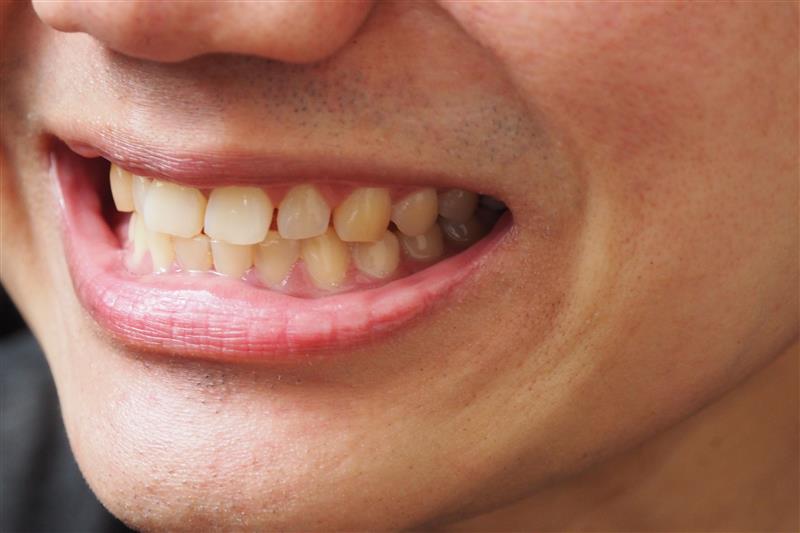What is Dental Fluorosis?
Dental fluorosis is a condition that affects the teeth. It happens when children get too much fluoride while their teeth are still forming. Because of this, teeth may develop white spots or stains. In some cases, the stains can be brown or yellow. Dental fluorosis is not a disease, but it can change how teeth look. According to the Centers for Disease Control and Prevention (CDC), dental fluorosis is common in many countries, including the United States.
Causes of Teeth Staining from Dental Fluorosis
Teeth staining from dental fluorosis occurs when there is too much fluoride during early childhood. This extra fluoride affects the enamel, which is the hard surface of the teeth. As a result, the enamel does not form correctly, leading to stains or spots. Here are some common causes:
Because fluoride is found in many sources, it is easy for children to get more than they need. However, adults do not develop dental fluorosis since their teeth are already formed.
Recognizing the Symptoms
Dental fluorosis often causes changes in the color and texture of teeth. Usually, the signs are mild and may go unnoticed. Still, it is important to know what to look for. Common symptoms include:
For many, these changes are only cosmetic. But, in rare cases, the enamel may become pitted or rough.
Diagnosis and Assessment
If you notice white spots on teeth from fluoride, a dentist can help. First, the dentist will examine the teeth for signs of dental fluorosis. Then, they may ask about your child’s fluoride use and water source. Sometimes, they will compare the teeth to a dental fluorosis scale. This helps them decide how mild or severe the condition is. According to the World Health Organization (WHO), dental professionals use these steps to make an accurate diagnosis. Early assessment is important for proper care and advice.
Treatment Options
Treatment for dental fluorosis stains depends on how severe the stains are. In many cases, mild fluorosis does not need treatment. However, if the stains are noticeable, several options are available:
Because each case is different, it is best to talk with a dentist about the right treatment for you. They can explain the benefits and risks of each option.
Prevention Tips
Preventing dental fluorosis is easier than treating it. Here are some tips on how to prevent dental fluorosis:
Because fluoride is important for healthy teeth, do not avoid it completely. Instead, focus on using the right amount for your child’s age.
Lifestyle and Oral Care Guidance
Good oral care can help keep teeth healthy and reduce the look of dental fluorosis teeth stains. Try these simple steps:
With these habits, you can help protect your teeth and keep your smile bright. Also, regular dental visits allow early detection and care for any problems.
When to See a Dentist
If you notice white spots, stains, or changes in your child’s teeth, it is a good idea to see a dentist. Early advice can help prevent further staining and guide you on the best care. In addition, a dentist can check for other causes of teeth stains and suggest the right treatment. Remember, dental fluorosis is mostly a cosmetic issue, but a dental professional can help you feel confident about your smile.
For personalized advice on dental fluorosis and teeth staining, consult a dental professional today.


